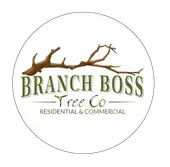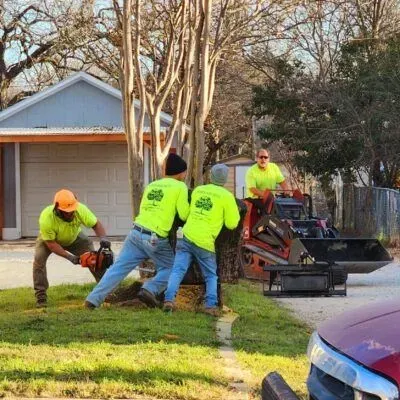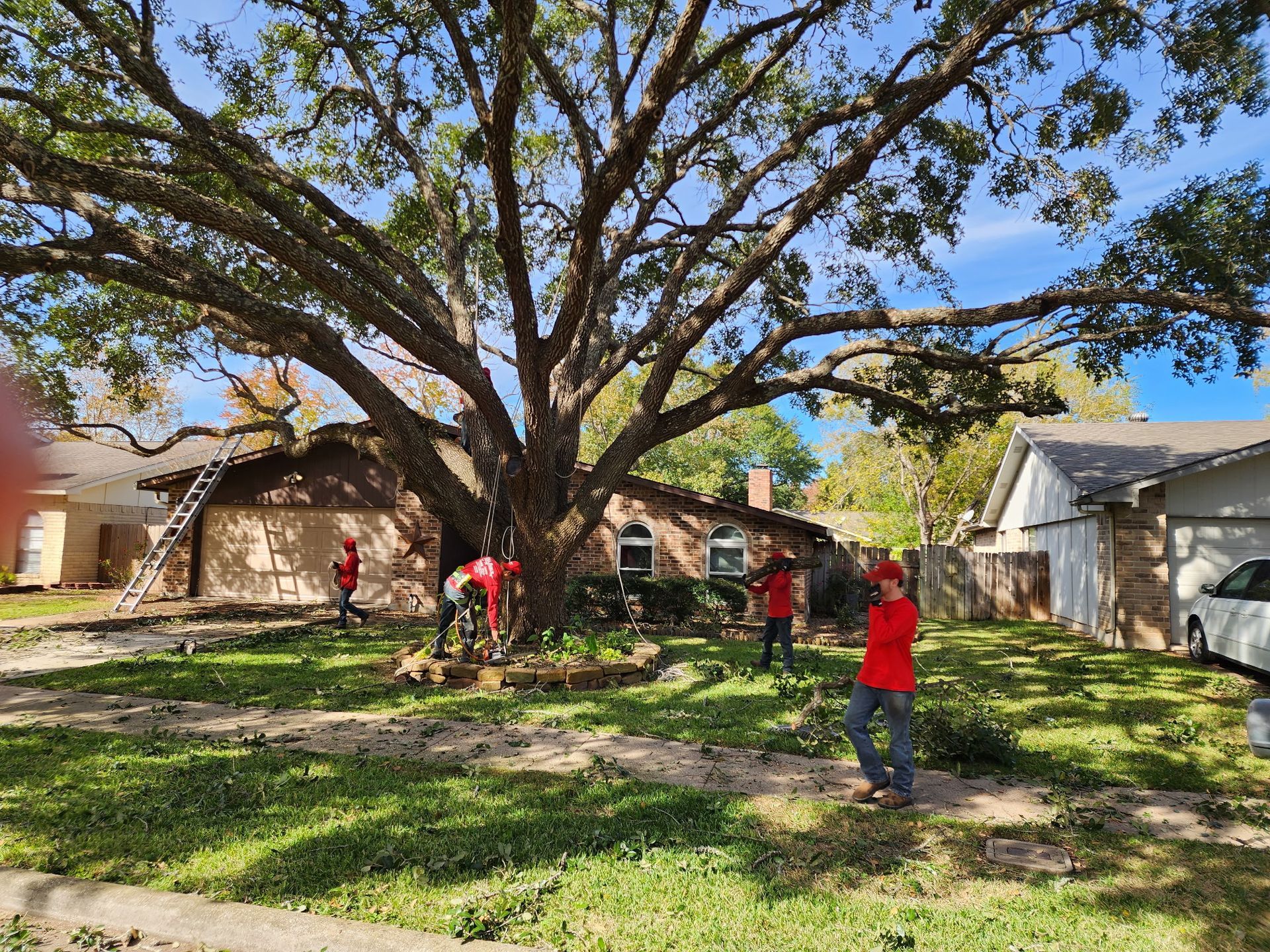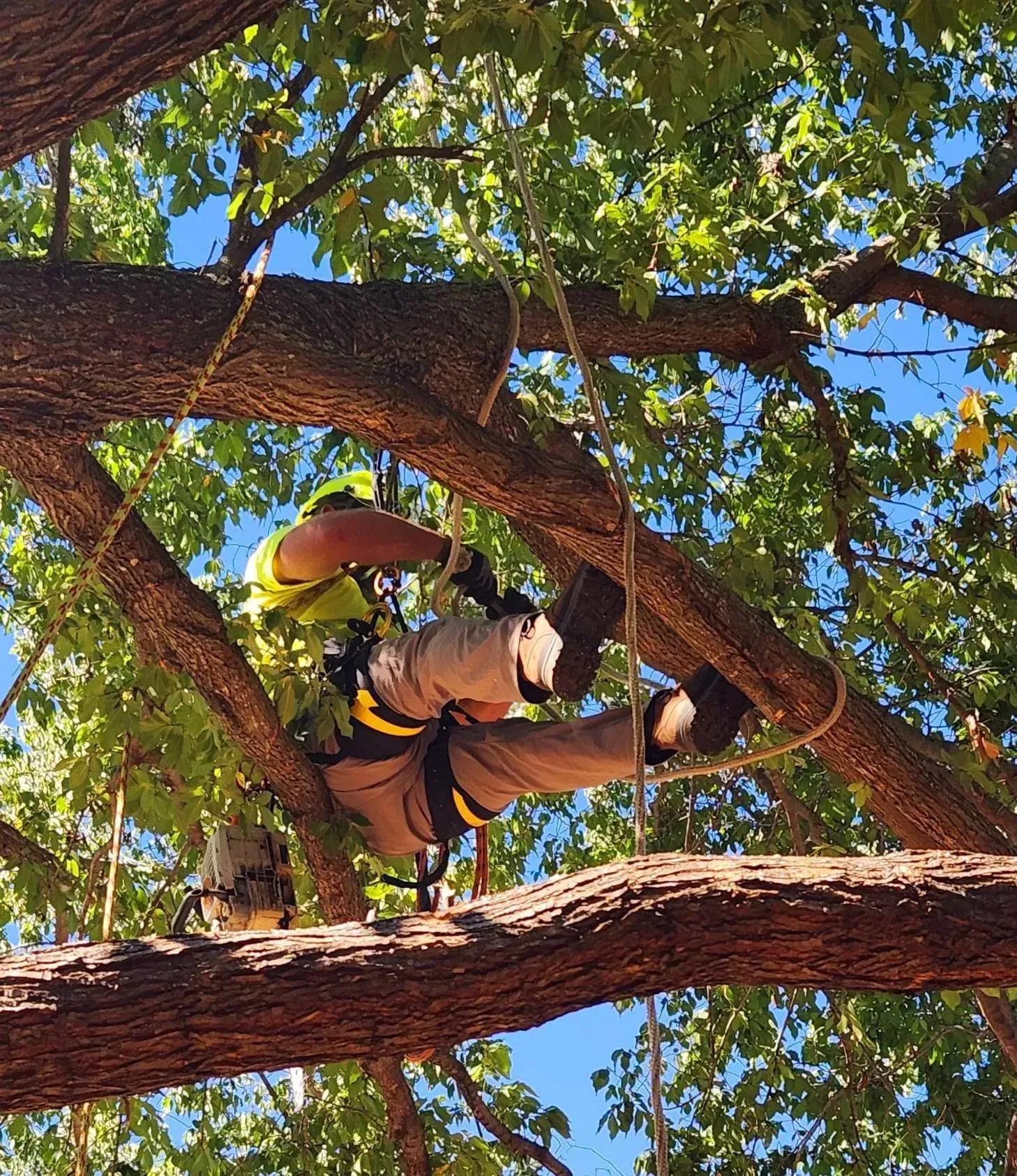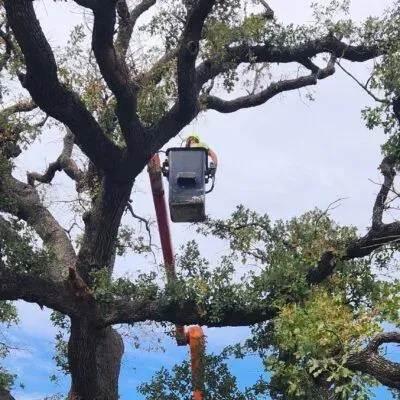Why You Should Invest in Periodic Tree Health Audits (Even When Trees Look Fine)
Many homeowners schedule tree trimming or removal only when a tree starts showing obvious damage. But waiting until that happens can be costly — in risk, repair, and missed opportunities to prevent problems. At Branch Boss Tree Co, we believe
proactive care is the smarter path. Here’s why periodic
tree health audits are one of the best investments you can make — especially here in
Cleburne, TX.
What Is a Tree Health Audit?
A tree health audit (or assessment) is a comprehensive inspection of each tree property-wide, designed to detect early signs of stress, disease, or structural weakness before they become emergencies. It goes beyond surface trimming — examining roots, branches, canopy symmetry, pests, soil conditions, and more.
During the audit, our certified arborists look for:
- Root stability and signs of root damage
- Cracks, splits, or decay in trunks and major limbs
- Fungal growth, cankers, or rot
- Branch dieback, sparse foliage, or thinning canopy
- Signs of pest infestation (borers, scale, etc.)
- Soil compaction, drainage issues, or grading problems
- Proximity to structures, power lines, or hardscapes
Why Cleburne Homeowners Need Tree Health Audits
1. Prevent Storm Damage & Liability
North Texas storms bring high winds, lightning, and sudden gusts. A tree that looks healthy might harbor internal decay or root issues that fail under stress. Audits help identify those hazards early — reducing the chance of damage to your house, cars, or loved ones.
2. Extend Tree Lifespan
Catching disease or pest invasion while it’s still at a manageable stage means you can often treat instead of remove. Healthy trees live longer and cost less in maintenance over time.
3. Optimize Landscaping Investment
You invest in trees for shade, value, and curb appeal. Audits allow you to protect that investment by identifying care plans tuned for individual tree species and local site conditions (soil, heat, drought).
4. Improve Safety & Aesthetics Simultaneously
Balanced, well-pruned trees are not only safer but also more beautiful. An audit helps you prioritize trimming, cabling, or bracing where needed — giving you both health and visual impact.
5. Support Insurance & Liability Protection
If damage does occur, having a documented history of tree inspections and proactive care can help validate that you maintained your property responsibly.
What Happens During Our Tree Health Audit
When you request an audit from Branch Boss Tree Co, here’s our typical process:
- Initial Walkthrough & Interview
We’ll talk over your concerns, past events (storms, changes in soil, landscape work), and your goals for your trees. - Visual & Instrumental Assessment
Our arborists inspect from the base of the tree to the top canopy. We use tools, climbing inspections, and sometimes devices like resistographs or sounding hammers to detect hidden issues. - Risk Categorization
Each tree is rated (Low / Medium / High risk) based on current health, structural integrity, and site conditions. - Report & Recommendations
You’ll get a clear, written audit with photos showing the tree’s condition, identified hazards, and prioritized recommendations: pruning, cabling, removal, soil amend- ments, or pest treatment. - Ongoing Monitoring & Follow Ups
We schedule re-inspections or seasonal checks as needed, so nothing slips through the cracks.
Common Local Tree Issues in Cleburne & How Audits Uncover Them
- Drought Stress & Heat Damage
During late summers, trees often show subtle signs like leaf scorch, early leaf drop, or root shrinkage. Audits catch these before they lead to dieback. - Soil Compaction & Root Damage
Construction, driveways, patios, or lawn renovation can compress soil and damage roots over years. Trees might decline quietly — until they lean. An audit helps you see early warning signs. - Pest & Disease Pressure
Species like oak, elm, cedar, or pecan may be vulnerable to borers, scaly insects, or fungal infections. When less obvious signs like canopy thinning or small holes appear, audits detect them.
- Structural Flaws from Poor Growth or Past Pruning
Forked trunks, included bark (weak attachment), or past over-pruning can decrease structural integrity. Audit assessments help plan corrective pruning or support.
How Often Should You Get a Tree Health Audit?
For most residential properties, a full audit every 2–3 years is ideal. But you should get one sooner if:
- A major storm passes through
- You notice unusual tree behavior (leaf loss, lean, bark damage)
- You’re doing construction or landscaping changes around trees
- It’s the first time you’ve had your trees professionally inspected
Why Branch Boss Tree Co Is the Best Choice for Tree Audits in Cleburne
- Locally based and familiar with
Cleburne’s climate, soils, and native species
- Certified arborists and trained field techs
- Experience with risk tree assessment, hazard mitigation, cabling & bracing
- Transparent reporting with photos, real data, and no fluff
- Prioritization that aligns with your budget and safety goals
📞 Ready to see your trees in a new light? Contact Branch Boss Tree Co today to schedule your tree health audit for your Cleburne property. Prevent issues before they become emergencies.
Don’t wait for the next storm to test your trees.
👉 Worried about a tree near your roof, driveway, or power lines?
Contact Branch Boss Tree Co. today to schedule your summer tree assessment and get expert trimming
that protects your property and peace of mind.
Call us today at
817-487-8448 to let us handle your tree and tree stump removal needs with professionalism and care.
